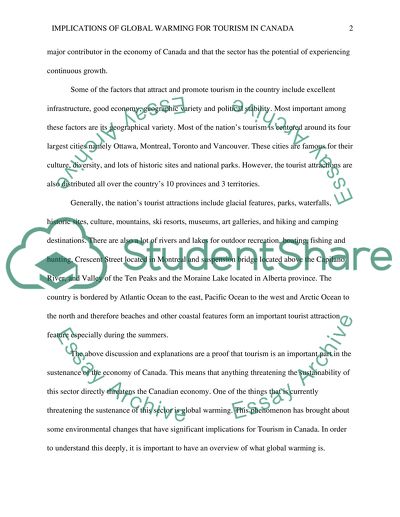Cite this document
(“Implications Of Global Warming For Tourism In Canada Research Paper”, n.d.)
Retrieved de https://studentshare.org/environmental-studies/1391663-what-are-the-implications-of-global-warming-for
Retrieved de https://studentshare.org/environmental-studies/1391663-what-are-the-implications-of-global-warming-for
(Implications Of Global Warming For Tourism In Canada Research Paper)
https://studentshare.org/environmental-studies/1391663-what-are-the-implications-of-global-warming-for.
https://studentshare.org/environmental-studies/1391663-what-are-the-implications-of-global-warming-for.
“Implications Of Global Warming For Tourism In Canada Research Paper”, n.d. https://studentshare.org/environmental-studies/1391663-what-are-the-implications-of-global-warming-for.


